Today I’m going to walk you through the second set of ten photos from my second Winter Wonderland Tour for 2014, to complete this two part travelogue series. Still troubled by record level snow falls, we were lucky this time to have arrived in Rausu just as the roads cleared and many people that had been stuck in this sleepy fishing village were finally able to continue on their journeys.
This episode is brought to you by Squarespace, the all-in-one platform that makes it fast and easy to create your own professional website, portfolio or online store. For a free trial and 10% off, go to squarespace.com and use offer code MBP.
We left off in part 1 as we moved on to Sunayu on the Kussharo Lake to have some fun learning and practicing our panning techniques, that result in photos like this one, of three Whooper Swans taking off in a row. Generally as the sun goes behind a cloud or closer to the horizon so it’s not so bright, I gather the group together and walk them through my panning technique, then we practice with the swans as they take off or fly in front of us.
Here you can see that I was able to get three swans in an almost straight line which I thought was quite cool. With the shutter speed down to a 1/50 of a second, getting the head sharp is very hit and miss, as they move their heads up and down slightly as they fly, so it’s the luck of the draw really. You just have to make lots of frames and hope that the head is sharp in the best frames.
Here you can see that the the middle of the three swans is the sharp one, with the foreground bird’s head slightly soft, and the back swan’s head totally blurry. I’d have ruled these two birds out if they were the only one’s in the shot, but as the center one is sharp, I’m happy enough with this.
I also like the effect of the blurry wings and water of course, which is what this is all about. Because we are going to create the blur in the rest of the scene with our camera movement, I generally stop down to around f/11 to f/16 to get a slow shutter speed. Here I was at f/14 at ISO 200 to achieve that 1/50 of a second shutter speed.
The following morning we made our way up to the Bihoro Pass for a landscape shoot, as we see in this photo. Here I used my 24-70mm lens at 28mm with the aperture set to f/11. That’s plenty of depth-of-field to get the distant scene sharp even if you focus a few feet out on the edge of the snow in the foreground here.
We’re looking of course at the Kussharo Lake with is a caldera with an island in the middle. I also ran this through Color Efex Pro to enhance the detail in the foreground snow a little, and once back in Lightroom I applied a slight graduated filter across the sky to darken it down a little. Although you can do graduated neutral density in Color Efex Pro, I like to do anything that I can do in Lightroom after I return to Lightroom, as it’s non-destructive, as opposed to Color Efex, which bakes all of my changes into the image.
This next photo is not really a landscape photo, so I this is in addition to the ten images that we’ll look at in this episode, but I really like this shot of most of the group for this tour, just as the sun hit the horizon. Stopping down to f/11, again at 28mm here, was enough to give me this lovely starburst effect in the sun as it came over the horizon, strategically placed between two of the participants of course. This is straight out of the camera, but still, I like the overall feel of the image so thought I’d share this with you too.
As we drove down from Bihoro Pass towards the hotel for breakfast, the mist from the lake had started to freeze forming hoar frost on all of the trees, creating a beautiful winter wonderland, so we stopped at a number of locations for some further landscape work. This (below) is one of my favorite shots from this morning. A relatively simple scene with a large tree covered in hoar frost, and the surrounding landscape.
By this point it was February 24, so after breakfast and a steady checkout we went to the Sulphur Mountain that I showed some shots of in the Tour #1 update, so we won’t revisit that today. We called in at the location where I know there is a chance that an Ural Owl will be at its nest, and once again he was there to pose for us for a little while.
Still thinking of different ways in which I could test the 200-400mm, this time I decided to try the 2.0X Extender with the internal 1.4X Extender engaged. I shot with the 5D Mark III so higher resolution than the 1D X, and I had the camera on a monopod, so some of my images had a bit of camera movement. Still though, at a focal length of 1,120mm, I’m still really pleased with this shot of the owl on his nest.
It’s not as sharp as when using the internal 1.4X Extender and an external 1.4X Extender, but it’s definitely usable. Of course, you lose autofocus, because the widest aperture becomes f/11, as I basically have three stops of extender engaged. The lens starts at f/4, and drops to f/5.6 when you engage the internal Extender, and then drops two more stops through f/8 to f/11 when you attach the 2.0X Extender.
As I say though, at a push, this is usable, especially when it’s OK to manually focus like this. I’ll put a 100% crop of the owls face into the 200-400mm lens review that I’m hoping to do next week, so stay tuned for that if you’re interested.
After a drive along the Notsuke Peninsula, we headed into Rausu and I was delighted to hear during my call to the skipper of the boat that we shoot the Sea Eagles from, that there was plenty of sea ice in the Nemuro Straits now, and we were scheduled to go out in time to photograph the eagles at sunrise the following morning. Here’s one of my first shots of a Steller’s Sea Eagle with the warm morning sun still on his wings.
This is one of the few locations where I use Aperture Priority for wildlife, for the first hour of shooting that is. Because the birds fly against the sun or with brightly lit water behind them, I generally put the camera into Aperture Priority and Auto-ISO. Auto-ISO automatically sets the shutter speed to the shortest necessary for hand-held shooting, and then starts to increase the ISO to get the exposure required.
As I was shooting at 560mm, the shutter speed was calculated to 1/500 of a second at f/5.6 and the ISO pushed up to 2000, as it was still not that bright. Note that I had also pushed the Exposure Compensation out to plus one and a third to ensure that the whites were still white, not grey, which is how the camera would expose this if left to its own devices.
Another shot that I quite like from this morning of February 25 is this one of a White-Tailed Eagle coming in to land on the snow-covered sea ice. The White-Tailed Eagles sometimes look so beautiful and peaceful that it’s hard to believe they’re a raptor, but then other times, like this, they have an almost vulture like predator look to them that you realise just how menacing they really are.
After our eagle shoot we went back to the hotel for breakfast, and then I did a classroom style workshop session until lunch time, then we went back out to the Notsuke Peninsula for the afternoon. As we stopped the bus to photograph the Ezo Deer at the side of the road, we saw something that I’d not seen before.
A young doe walked over to a stag and started to rub her face all over this neck and face, in what seemed to be an obvious show of affection. I selected this shot to show you today because I thought it was funny that it almost looks like the doe and stag have switched heads, but you can see how she’s rubbing her head against the underside of his neck here.
It sounded like the Olympics on the bus as everyone shot away capturing various poses through the open windows, and they seemed to do this for a good minute or two. The whole time the stag just stood there, and then when he finally reciprocated and went to muzzle up to the doe, she darted away instantly. Everyone on the bus burst into laughter, and someone commented that they were just like humans, where the woman is in full control of how far things go.
The following morning, we were back out with the sea eagles for another great day. Still testing the 200-400mm for my review, I decided to go out with the 5D Mark III for the entire shoot. I even left my 1D X in the bus so that I would not have to resist switching them out. This was a great test, as I did find the 5D Mark III and 200-400mm lens combination to be far inferior to the 1D X experience.
Although it’s workable, and you can still get some great shots, the 5D Mark III focusses decidedly slower, and with much less accuracy than the 1D X on this lens. I was surprise by this, as otherwise the 5D is fine, but with four days of fast-paced shooting with the eagles previous to this, it felt definitely clunky, and I missed many more shots that I usually would. The 1D X just snaps into focus, and stays there most of the time in AI Servo.
The 5D Mark III searched for focus much, much more, and often didn’t achieve good focus once it had locked in. It also maintained the same degree of missed focus for frame after frame, whereas if the 1D X starts slightly out, it generally refines the focus as you track with the subject, so you only miss one or two frames.
Anyway, more on that in my review, for now, this is my favorite shot from this second morning, with this Steller’s Sea Eagle looking decidedly worried about something, almost as though he’s flying up late for the party or something.
As I said earlier, I generally start out in Aperture Priority now for the first hour with the eagles, but then once the sun is up, and I’m not likely to shoot with strong backlight, I lock the exposure down in Manual mode, so that I don’t have to mess around with Exposure Compensation as the background changes.
If I’d have dialled in +2 stops of Exposure Compensation to keep the snow and ice white, then framed a shot like this, with darker background and a big dark bird in the middle of the frame, the highlights on his white legs would have been totally blown out, as would the sea ice along the bottom of the frame.
We were treated to a beautiful sunrise on all three mornings out with the eagles on Tour #2, and although I wasn’t in the best position to get a flight shot like the one I got last year, I still quite like this photograph of a Steller’s Sea Eagle sitting atop of an ice pinnacle, with the sun’s disk placed nicely behind his head.
This is the sort of shot that forces me to use Aperture Priority for the first hour, so that the camera can deal with the strong backlight more easily, and create this kind of almost silhouette image, where the snow has to go grey, as I ensure that the sun’s disk isn’t way too overexposed.
Here I’d dialled in plus two thirds of a stop of Exposure Compensation, to still give us a bit of detail in the eagle, and allowed the sun’s disk to blow out just slightly. If you try to stop the sun from blowing out completely it generally results in a strangely dark image otherwise, so it’s a fine line to get this sort of shot looking good.
After this third dawn shoot with the eagles, we went back to the hotel for breakfast again, and then took a steady drive around to the other side of the Shiretoko Peninsula for our final night banquet and to do some landscape work to finish the tour.
Along the way, I stopped the bus for this scene, which I thought was quite nice. It was the middle of the day, so the snow was very bright and there was mist along the horizon behind the trees, but I like the hint of the mountain poking above the trees to the left. This is Mount Shari in the distance.
Of course, I’d composed this image like this with the line of trees and mountain along the top of the frame partly because I like the tension it causes, but mainly here because I wanted to include the footprints in the foreground. I converted this to black and white in Silver Efex Pro, which also enabled me to enhance the texture of the snow making the various lines of footprints more visible too.
We went on to photograph the Oshin-Koshin Falls as usual, and we did some long exposure shots of the sea-ice, but strangely, it seemed that the entire sea was frozen solid on this side of the peninsula. Even a 5 minute long exposure revealed that only a small slither of sea-ice right out on the horizon was actually moving, so my shots didn’t make my final cut.
On the last morning we went for a walk in the Shiretoko National Park, with one group going down into the valley to photograph the Furepe Falls and I lead another group through the woods over to a different cove, in the hope of finding some woodpeckers, but that didn’t pan out. It was a lovely walk to finish the tour with though, and for the first time, we actually borrowed snow shoes from the Nature Center, as the snow was so deep this time that we would not have made it through the woods without them.
After our walk, we started our drive over to the Memanbetsu Airport to fly back to Tokyo completing the tour. I did my usual recording getting a comment from each participant, which I’ll play you now. Note though that as beautiful as it is, I edited out our tour conductors song for the group this time, as I she sang that on the first recording from Tour #1 too, so there’s not much point in including it again today. Here’s the recording to finish.
[Please listen with the audio player above to hear what the participants said about the tour.]
Show Notes
Details of the 2015 Snow Monkeys & Hokkaido tours: https://mbp.ac/ww2015
Music from Music Alley: http://www.musicalley.com/
Subscribe in iTunes for Enhanced Podcasts delivered automatically to your computer.
Download this Podcast in MP3 format (Audio Only).
Download this Podcast in Enhanced Podcast M4A format. This requires Apple iTunes or Quicktime to view/listen.

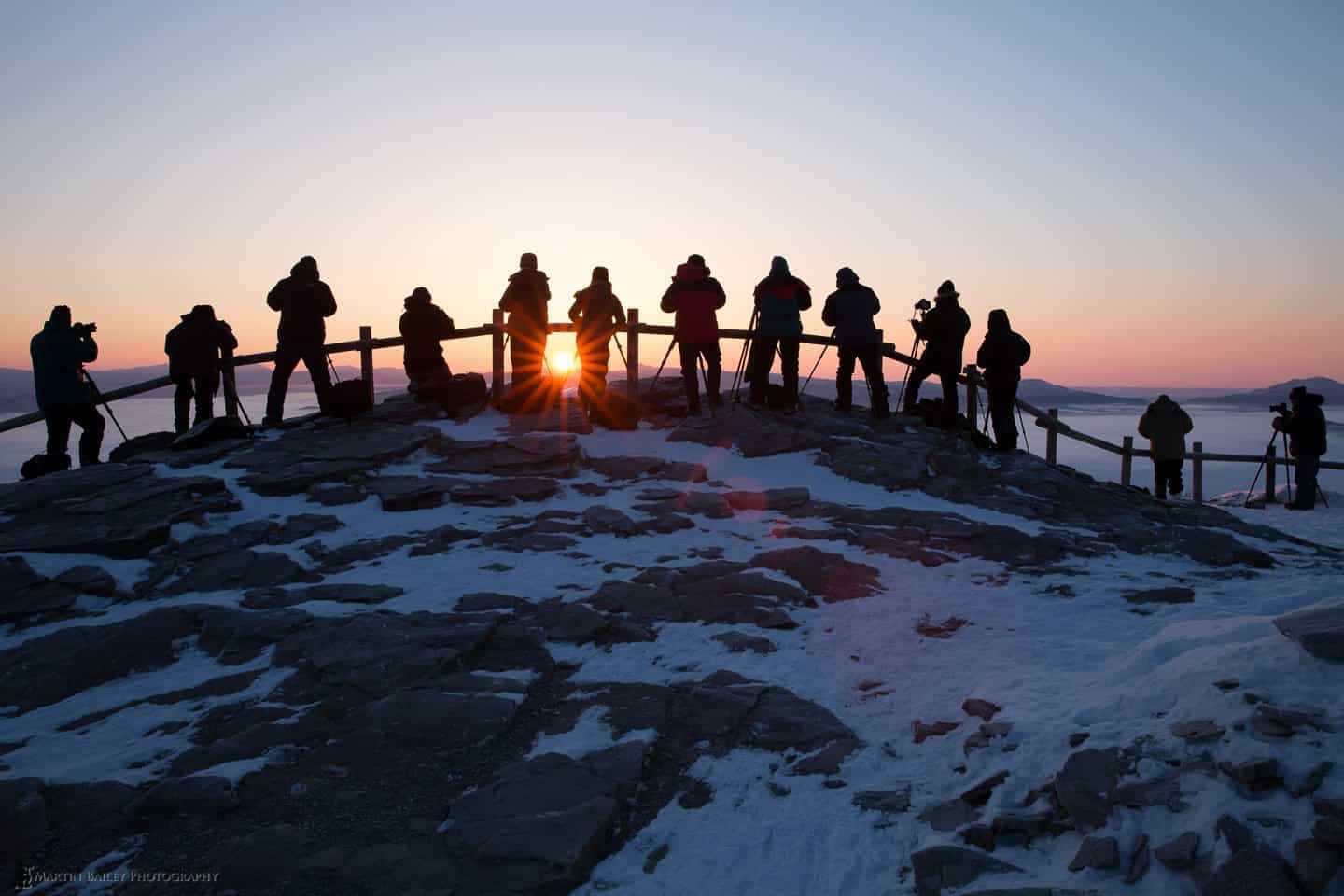

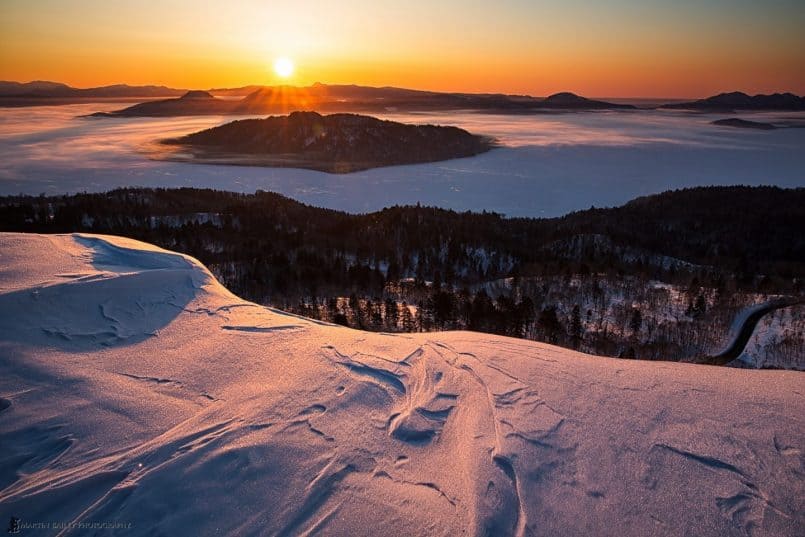
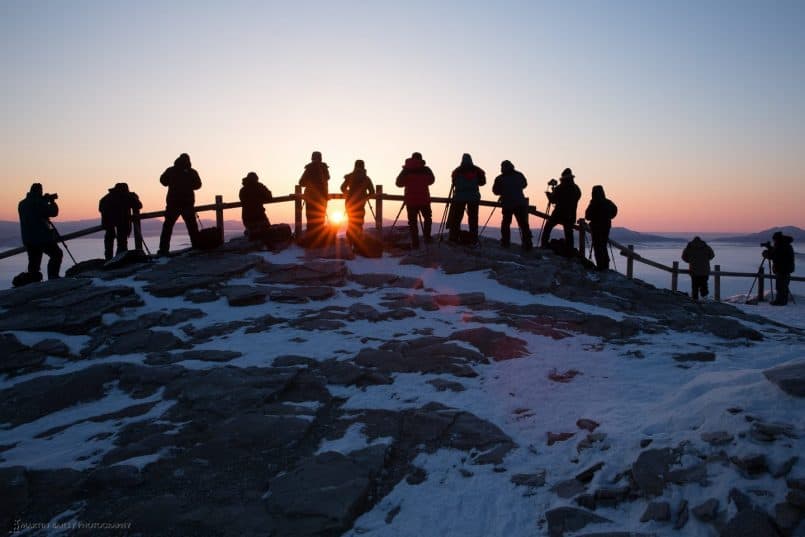
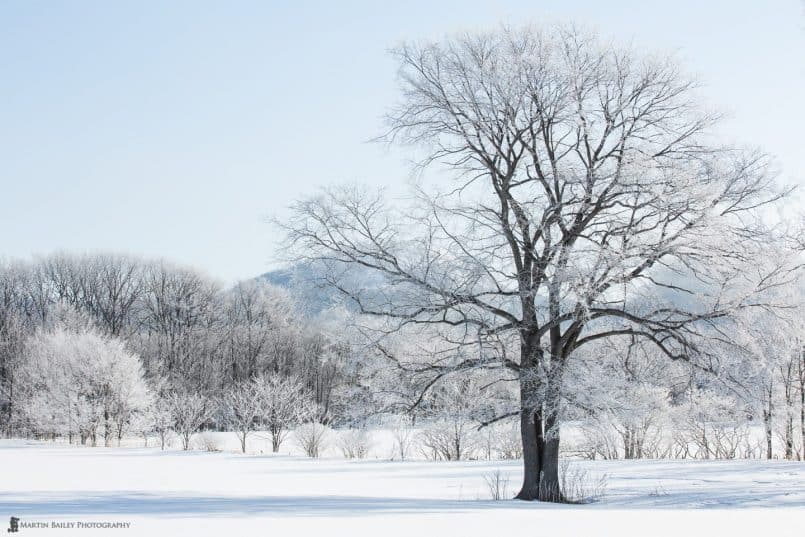
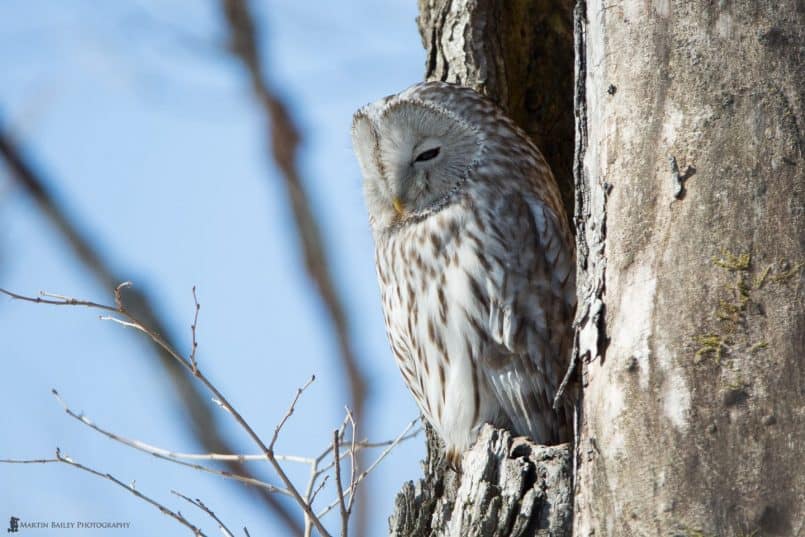
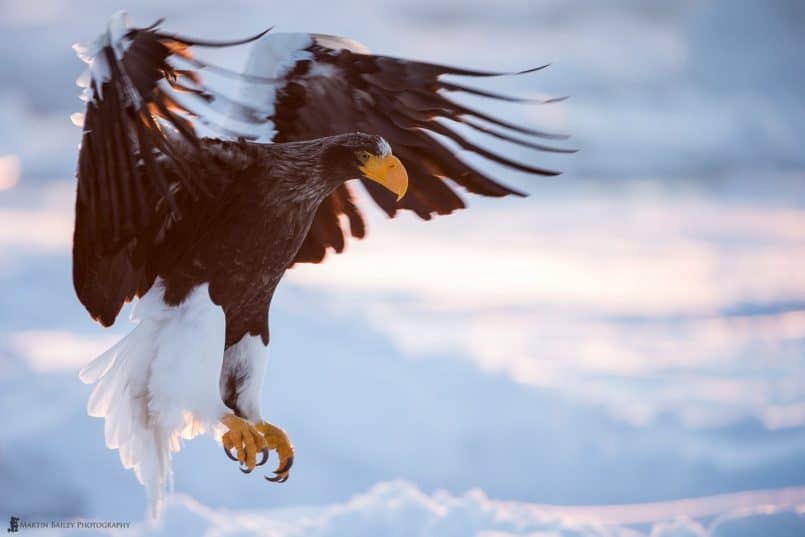
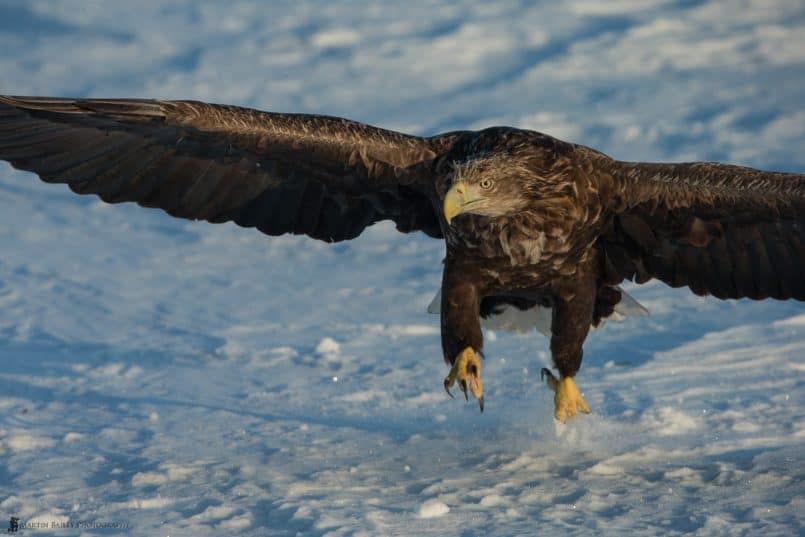
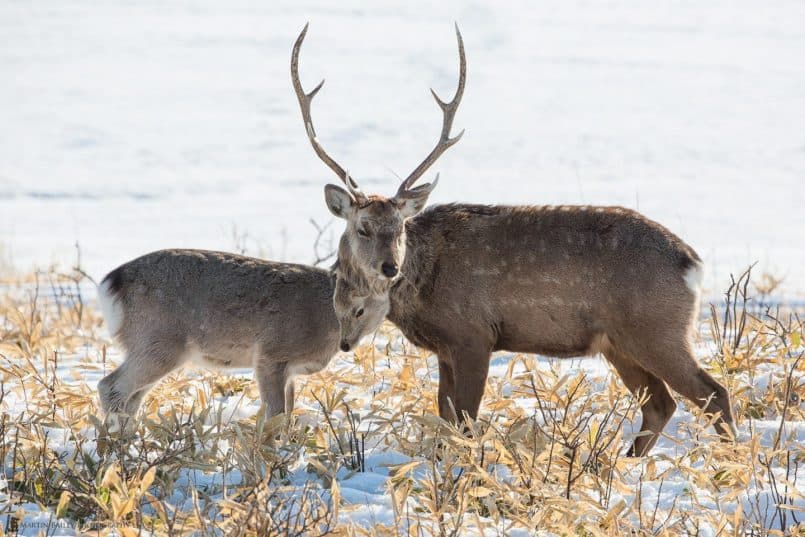
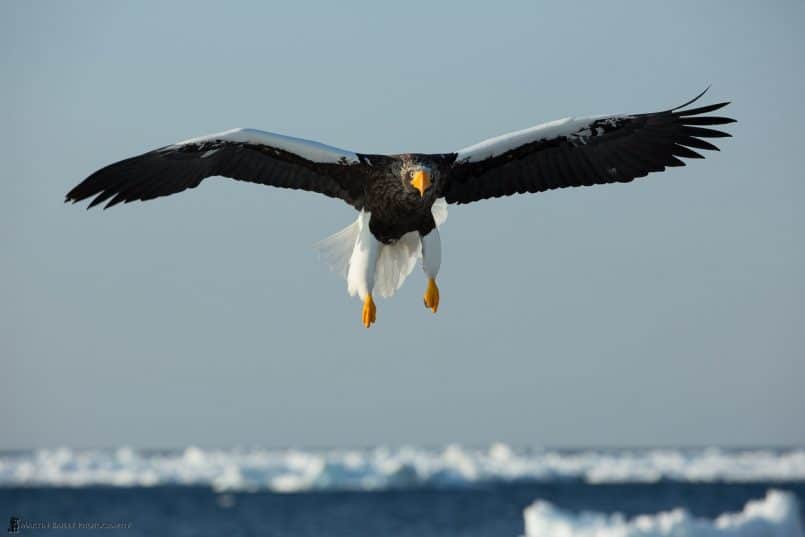
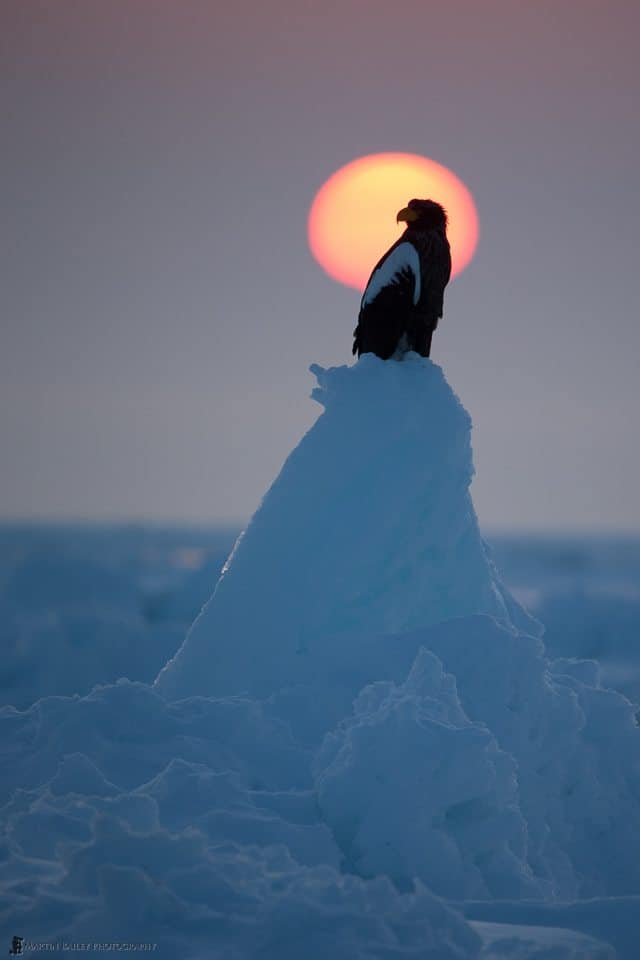
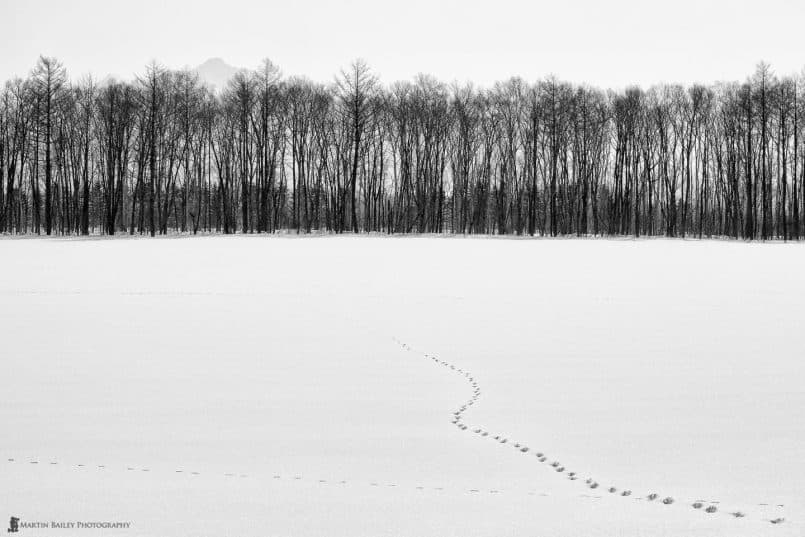
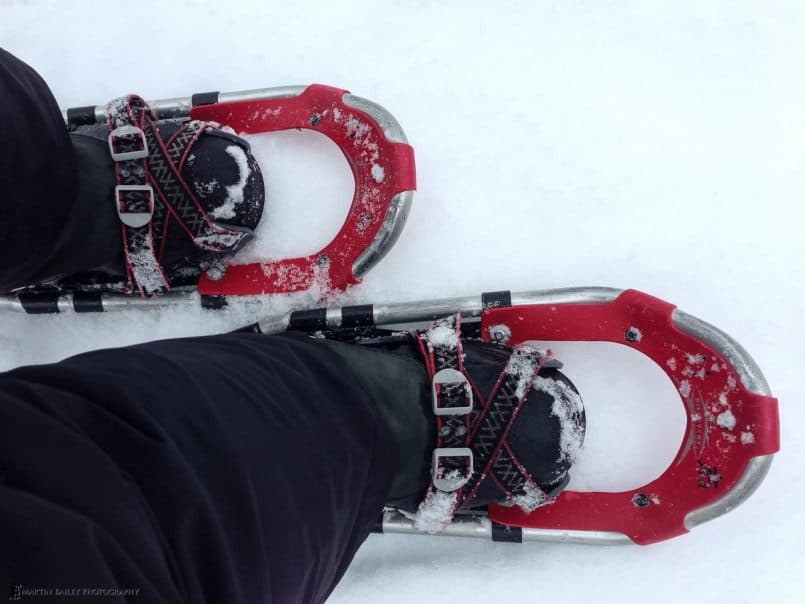

0 Comments